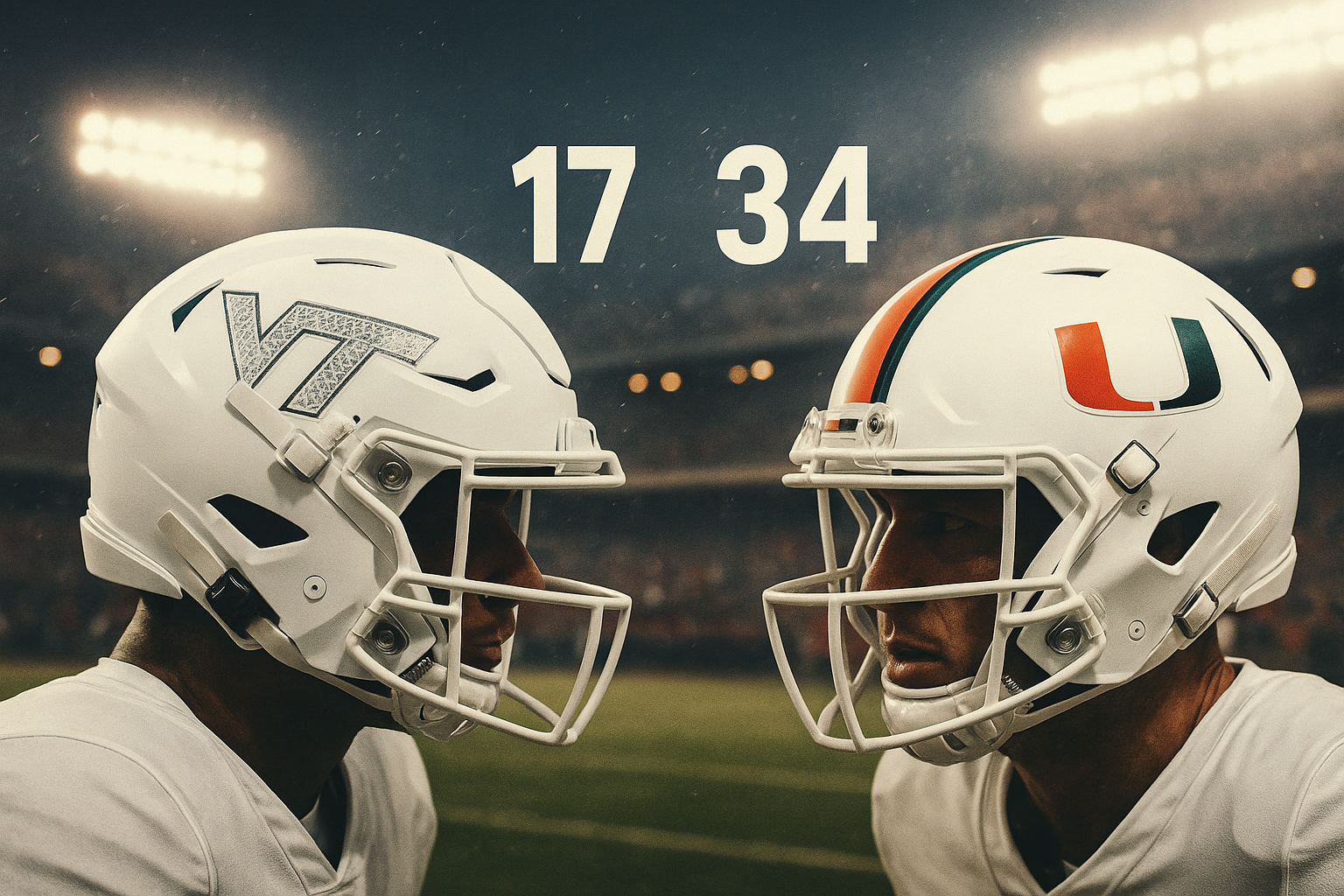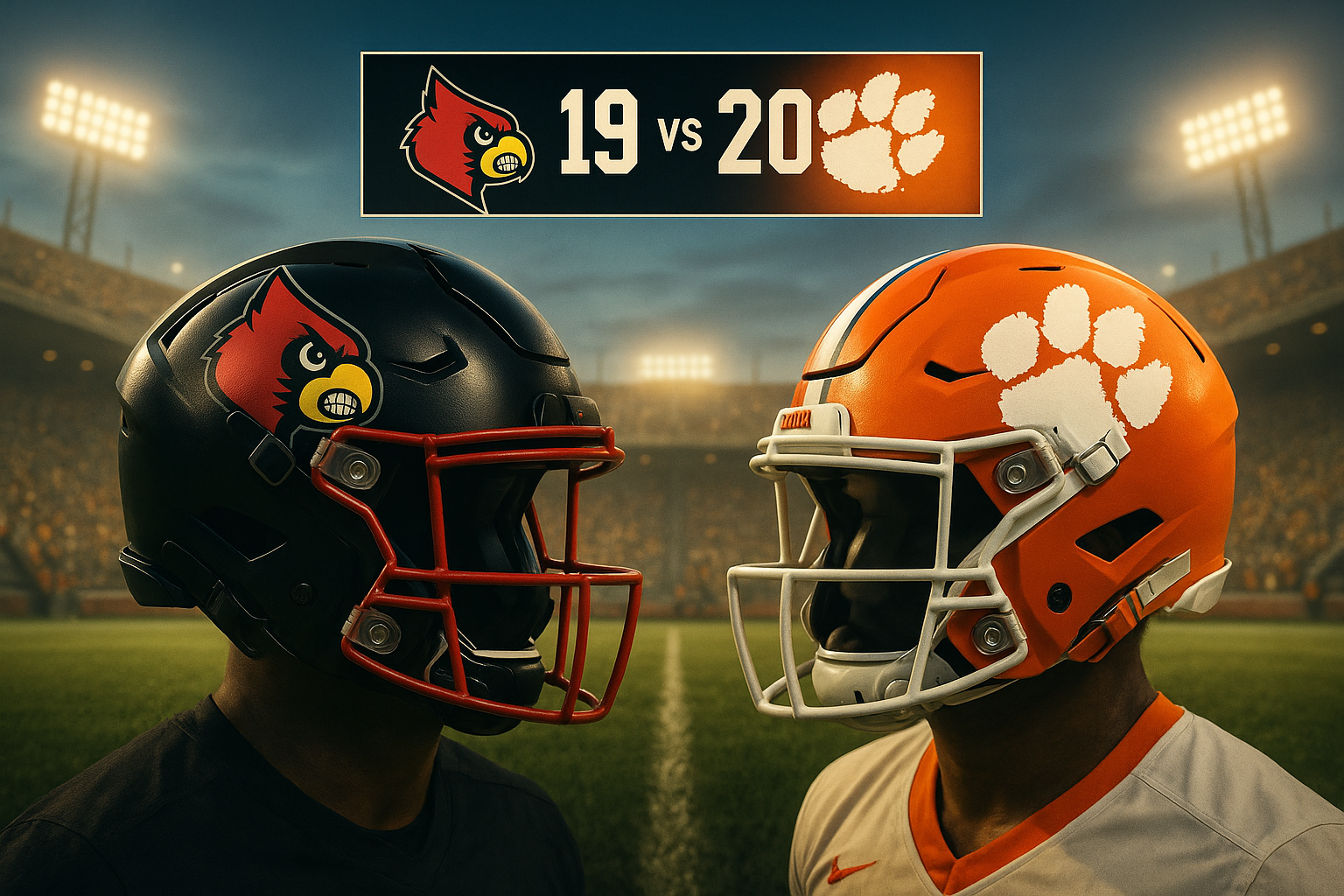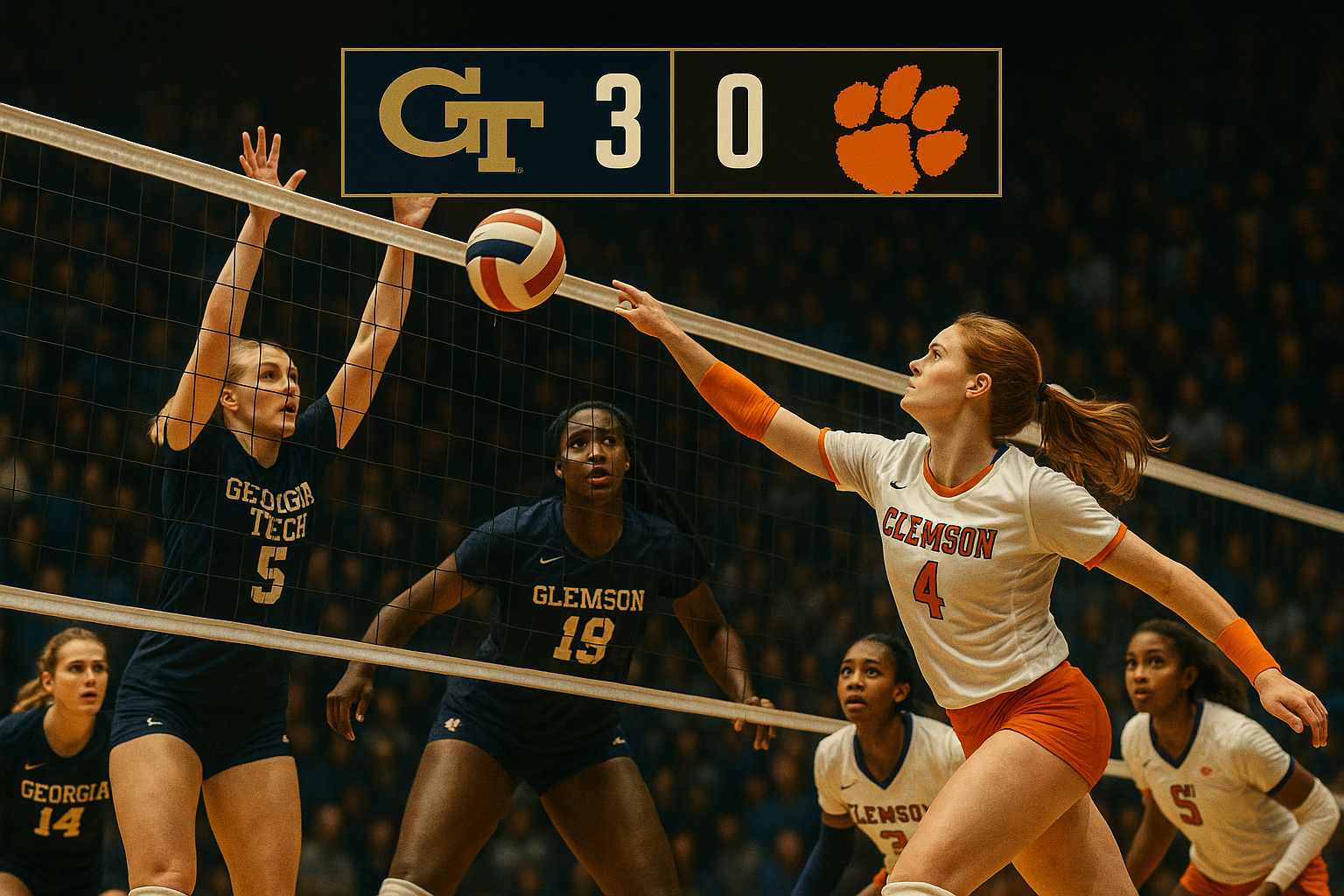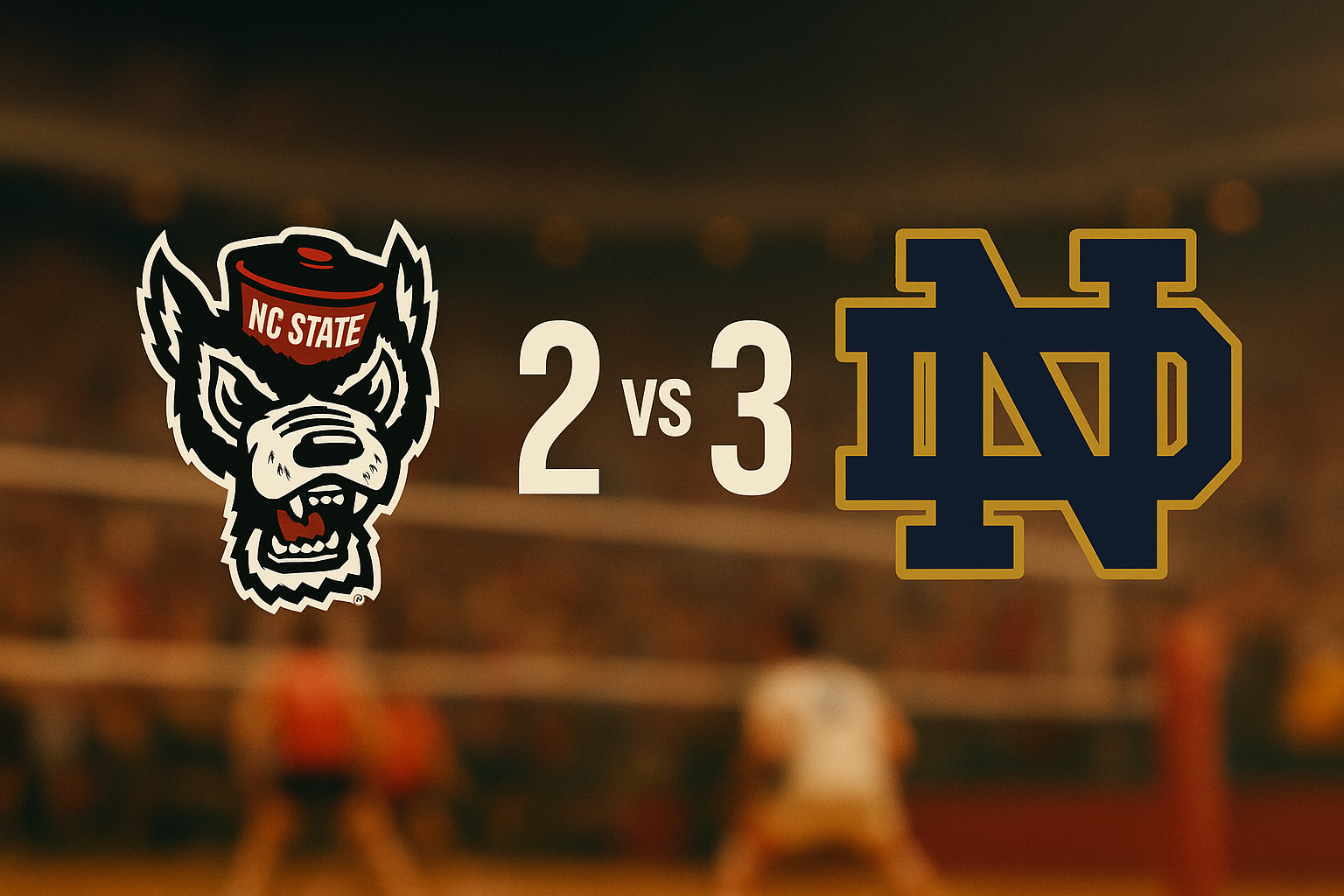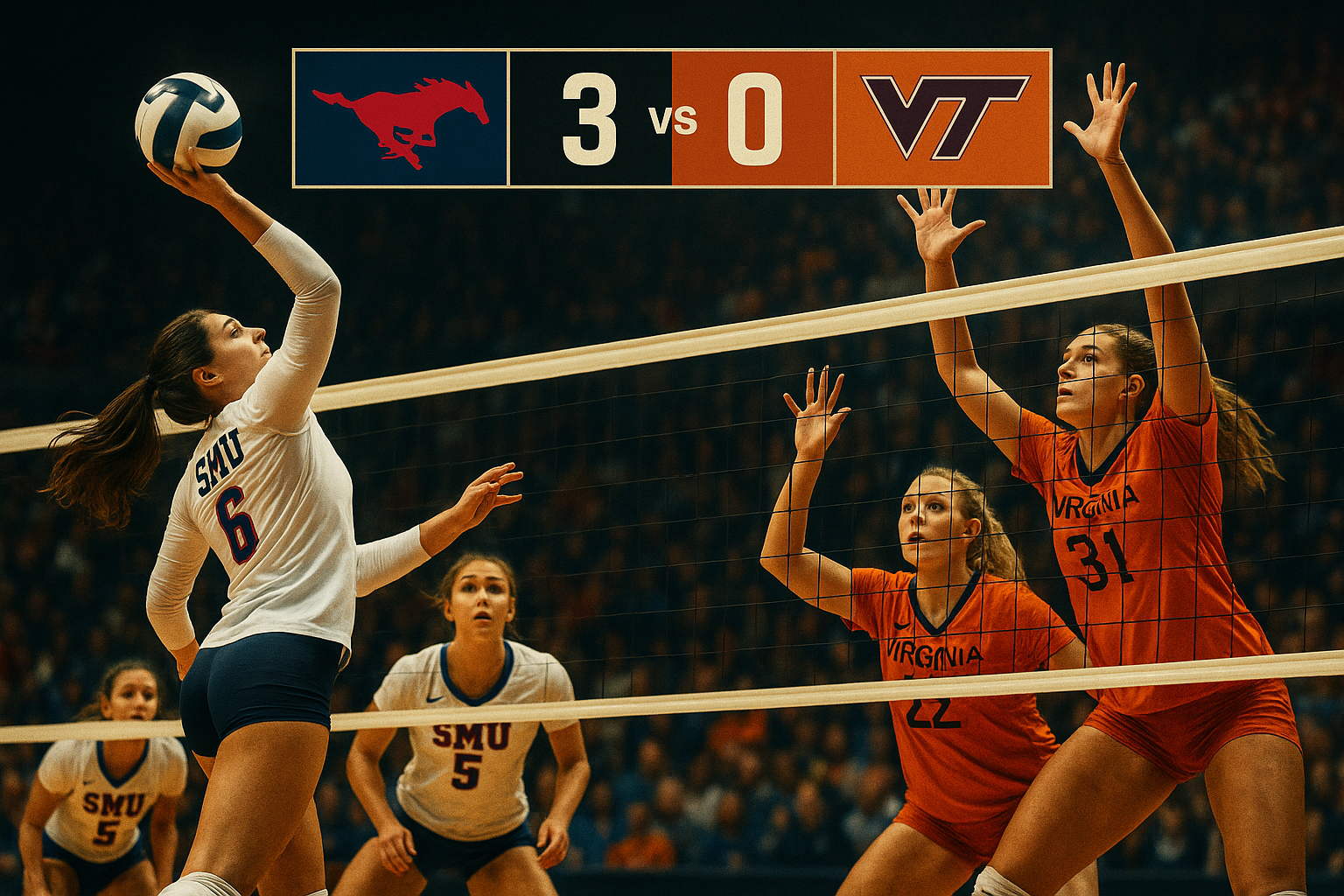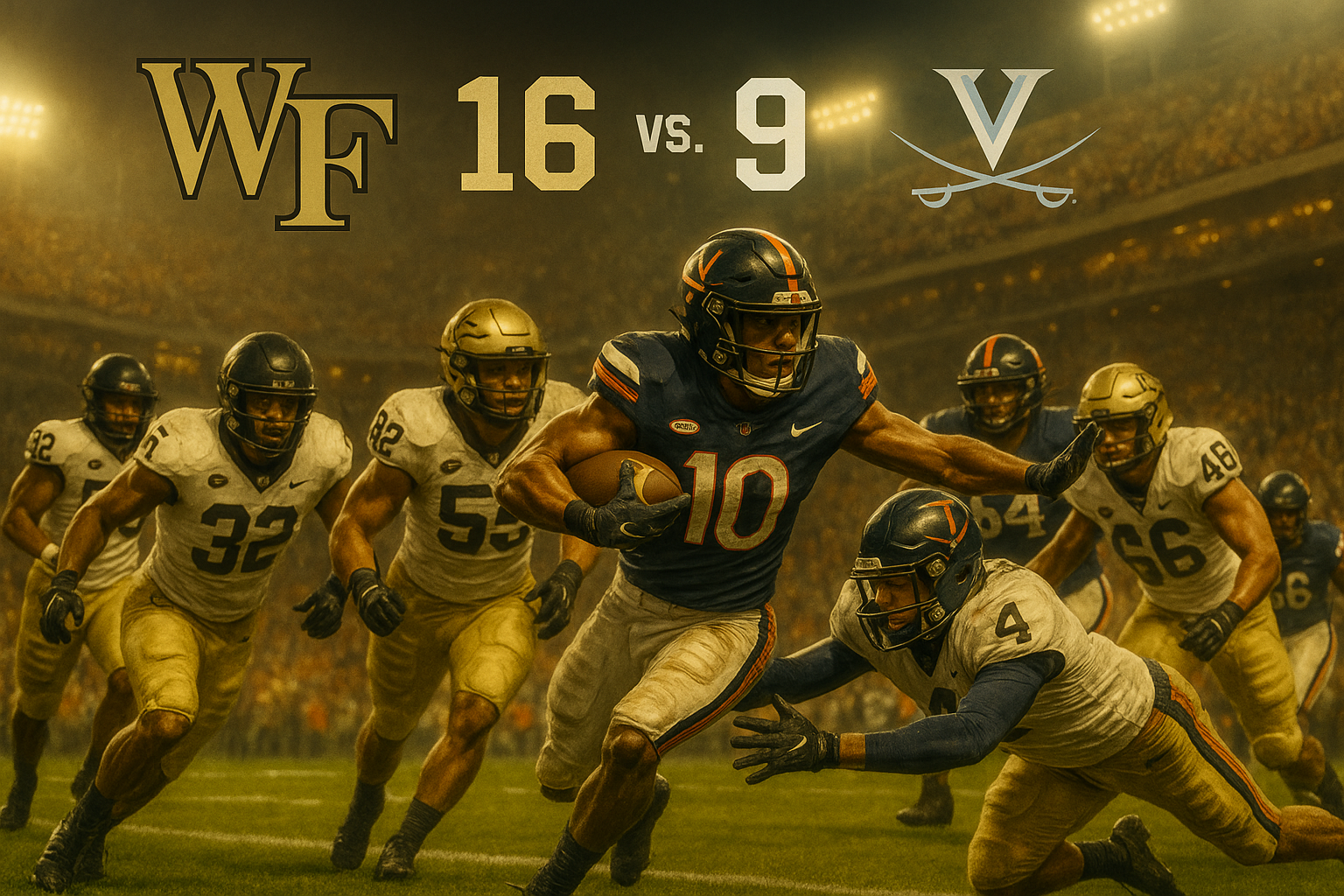Brock Purdy Silences Doubters With $265M Contract and Top-10 Confidence
Former Mr. Irrelevant Becomes One of the NFL's Highest-Paid Quarterbacks After Stellar Start to Career
San Francisco 49ers quarterback Brock Purdy is no longer flying under the radar. Once considered an afterthought as the final pick in the 2022 NFL Draft, the 24-year-old signal caller has now inked a five-year, $265 million extension with San Francisco — a deal that cements his place among the highest-paid quarterbacks in the league and signals the 49ers’ complete faith in his future as the team’s franchise cornerstone.
The deal includes $181 million guaranteed and pays Purdy an average of $53 million per year, placing him in elite financial territory alongside the likes of Trevor Lawrence, Joe Burrow, and Josh Allen. It also officially ends any lingering questions about whether the 49ers would seek alternatives at quarterback. They’ve found their guy — and they’re all-in.
From Last Pick to Franchise Leader
Since taking over as the starter midway through his rookie season, Purdy has rapidly evolved into one of the most efficient quarterbacks in the NFL. He boasts a 23–13 record as a starter in the regular season and has led the 49ers to consecutive NFC Championship appearances and a trip to the Super Bowl.
In 2023, Purdy led the entire league in passer rating (113.0), throwing for a franchise-record 4,280 yards. In 2024, despite battling team injuries and inconsistency, he still threw for 3,884 yards, 20 touchdowns, and a 96.1 rating. Through three seasons, he’s completed 67.5% of his passes for over 9,500 yards, 64 touchdowns, and just 27 interceptions.
A Quarterback Built for San Francisco's System
Critics have long debated Purdy’s standing in the league. Some point to the system designed by head coach Kyle Shanahan, as well as the elite talent around him — including Deebo Samuel, Brandon Aiyuk, and George Kittle — as the primary reason for his success. But his supporters argue that Purdy’s intelligence, accuracy, and pocket awareness elevate the offense beyond what any backup or journeyman could offer.
Shanahan, widely known for his demanding quarterback expectations, has found a perfect fit in Purdy — a player who not only executes the system, but thrives in it. The chemistry between coach and quarterback is a key reason why the 49ers made the extension a top priority heading into the 2025 offseason.
The Ranking Debate and What Comes Next
While media rankings continue to fluctuate, Purdy’s performance has consistently kept him within top-10 discussions. Pro Football Focus recently placed him at No. 11 in their 2025 quarterback rankings, just outside the elite tier. However, many believe that’s a conservative placement given his production and team success.
Among his peers, Purdy ranks near the top in metrics like adjusted net yards per attempt, efficiency under pressure, and red-zone passer rating. With this new deal, he joins a financial group that includes quarterbacks with similar resumes — and in some cases, less postseason success.
Analysts across platforms have argued that Purdy belongs in the top echelon. ESPN’s evaluators, for instance, highlighted his recall, poise, and leadership as traits that not only justify his deal but also signal long-term growth potential.
An Extension Built on Stability and Team Culture
The 49ers’ front office approached the negotiations with purpose, aiming to avoid the kind of drawn-out contract battles that have impacted locker room morale on other teams. In Purdy, they found a quarterback who wanted to be in San Francisco long-term, understood the team's culture, and prioritized team success.
While he could have held out or leveraged for a higher annual average, Purdy’s team-first approach ensured a swift and mutually beneficial agreement. The result: the richest contract in franchise history and a clear signal to the locker room that leadership and performance are being rewarded.
Eyes on a Championship
With his contract settled, Purdy enters the 2025 season focused on one goal — delivering a Super Bowl title. The 49ers were just one win away in 2023, and their roster remains stacked with talent on both sides of the ball. The offensive line has been fortified, and new additions in the draft and free agency aim to boost both depth and explosiveness.
For Purdy, the challenge now is to not only replicate his previous success but also to silence remaining doubters who believe he’s more product than producer. With a full offseason as the unquestioned starter and no contract distractions, he’s in position to take the next leap.
